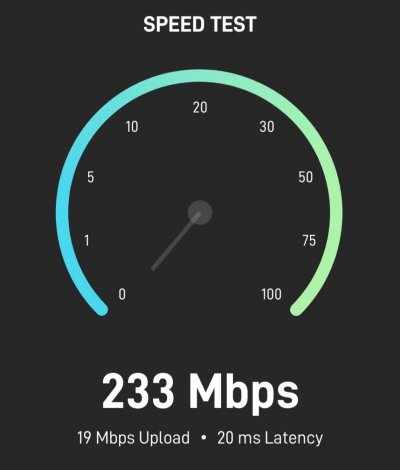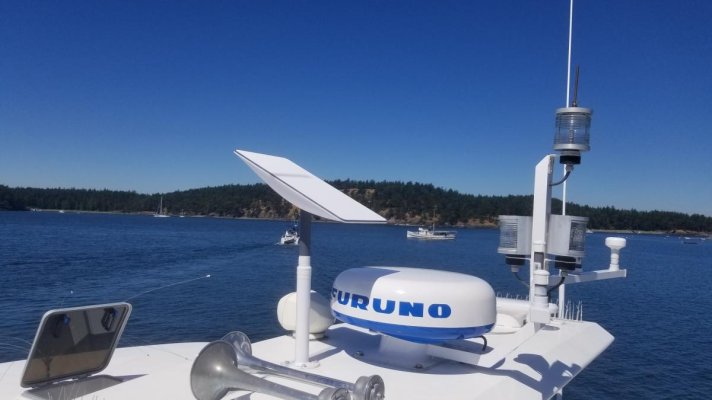Hydraulicjump
Senior Member
One earlier post suggested putting the dish on top of a five gallon bucket so the support post just hangs loose inside the bucket. Tried that today, but at its most acute angle between the dish and the post, the post pushes the dish so it does not lie flat. My naturally worrisome self decided that this had the potential for bad things to happen since the dish did not nestle well into the bucket when the support post was hitting the side. So I agree, the software update that is needed is to be able to not only stow the dish, but to lock it horizontal.
When I got back to the dock yesterday in Elliott Bay Seattle I set the dish up on the command bridge table (total five minutes) but pointed it south just to see what happens. It usually ends up pointing north. Its boot up cycle and satellite search moved the dish to dead horizontal where it found a link. Then some time later titled it toward the north. The horizontal link was slower--on both download and upload--than the northward tilt. But keep in mind, I have an RV account, so I am last in line on what must be a very crowded set of satellite links in Seattle.
When I got back to the dock yesterday in Elliott Bay Seattle I set the dish up on the command bridge table (total five minutes) but pointed it south just to see what happens. It usually ends up pointing north. Its boot up cycle and satellite search moved the dish to dead horizontal where it found a link. Then some time later titled it toward the north. The horizontal link was slower--on both download and upload--than the northward tilt. But keep in mind, I have an RV account, so I am last in line on what must be a very crowded set of satellite links in Seattle.





